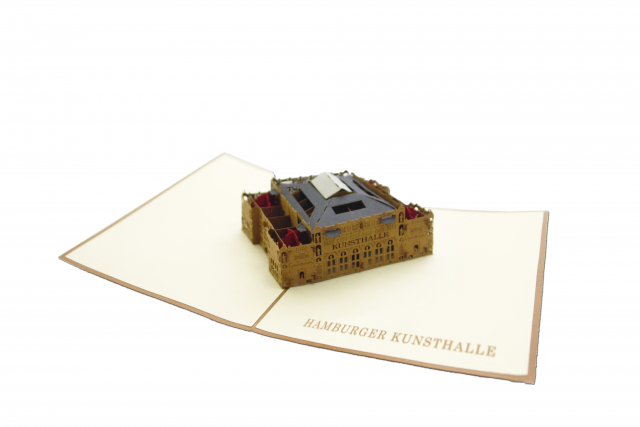
Data:
| Article number | 9783960605539 |
| Price | 24,00 € |
Description:
Colonial Hamburg
A city guide
Colonial globalisation reached its peak in Hamburg at the end of the 19th century: the Speicherstadt was built, the port was expanded and more and more new mass products such as coffee and cocoa arrived in the Hanseatic city on ships, while separate industries were formed for the processing of raw materials such as rubber and palm oil. But the harbour was not only a central location for the handling of goods; people were also increasingly affected by colonial mobility: Ethiopians, Sinhalese and Somalis, among others, arrived here to be paraded in Hagenbeck's "Völkerschauen" ("People's Shows"), and thousands of soldiers were shipped from here for the war in "German South West Africa" and the genocide of the Herero and Nama. The stories of the people who had to experience colonial violence, dispossession and expulsion in their home countries, on the other hand, remained largely invisible in Hamburg. The fact that a considerable part of the wealth of the Hanseatic city was based on their fate often remains unseen to this day. However, the architectural traces of this past as a colonial metropolis are unmistakable in the cityscape, be it in the form of the MARKK, the main university building or monuments and street names in which colonialism lives a contested afterlife. This city guide vividly presents the sites of Hamburg's colonial past and, by means of four district tours and two cycle tours, takes you to a suppressed part of the city's history, the reappraisal of which has only just begun.
Paperback | Publisher Junius | Number of pages 288 | Dimensions (L/W/H) 20.5/14.4/2.3 cm | Weight 628 g | Language German
A city guide
Colonial globalisation reached its peak in Hamburg at the end of the 19th century: the Speicherstadt was built, the port was expanded and more and more new mass products such as coffee and cocoa arrived in the Hanseatic city on ships, while separate industries were formed for the processing of raw materials such as rubber and palm oil. But the harbour was not only a central location for the handling of goods; people were also increasingly affected by colonial mobility: Ethiopians, Sinhalese and Somalis, among others, arrived here to be paraded in Hagenbeck's "Völkerschauen" ("People's Shows"), and thousands of soldiers were shipped from here for the war in "German South West Africa" and the genocide of the Herero and Nama. The stories of the people who had to experience colonial violence, dispossession and expulsion in their home countries, on the other hand, remained largely invisible in Hamburg. The fact that a considerable part of the wealth of the Hanseatic city was based on their fate often remains unseen to this day. However, the architectural traces of this past as a colonial metropolis are unmistakable in the cityscape, be it in the form of the MARKK, the main university building or monuments and street names in which colonialism lives a contested afterlife. This city guide vividly presents the sites of Hamburg's colonial past and, by means of four district tours and two cycle tours, takes you to a suppressed part of the city's history, the reappraisal of which has only just begun.
Paperback | Publisher Junius | Number of pages 288 | Dimensions (L/W/H) 20.5/14.4/2.3 cm | Weight 628 g | Language German




